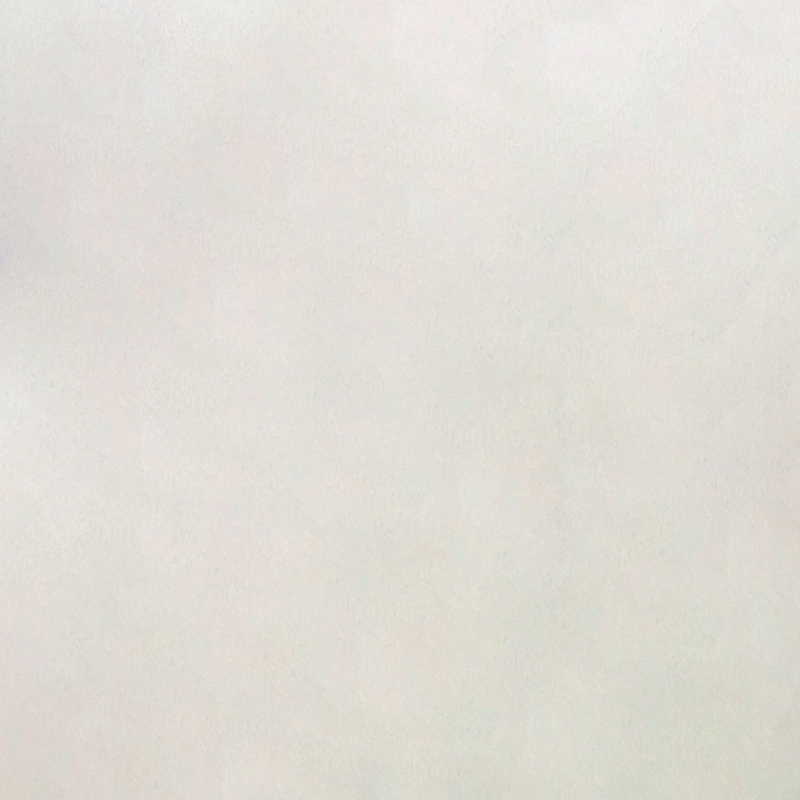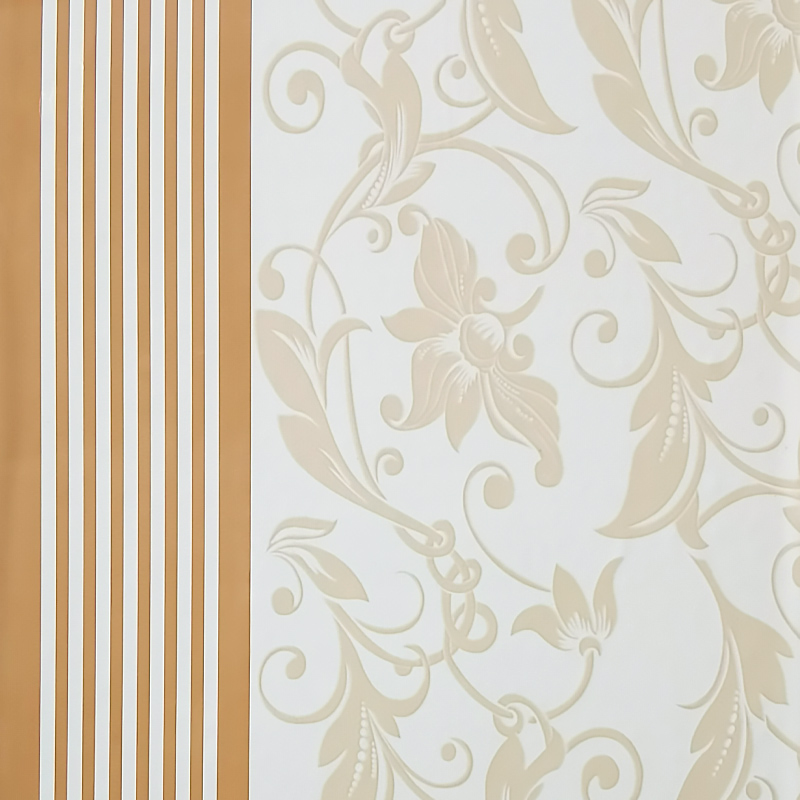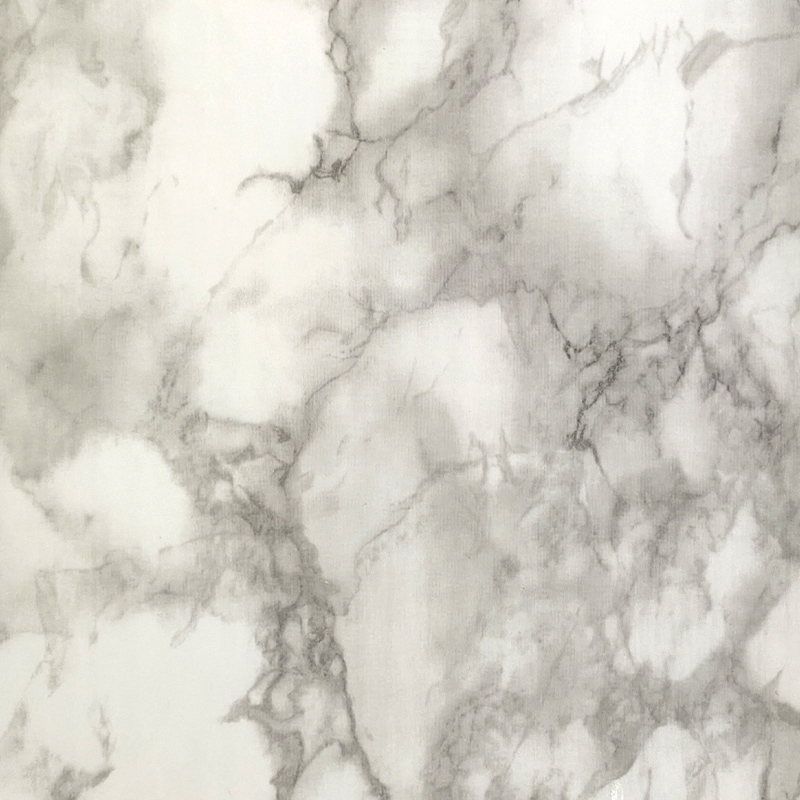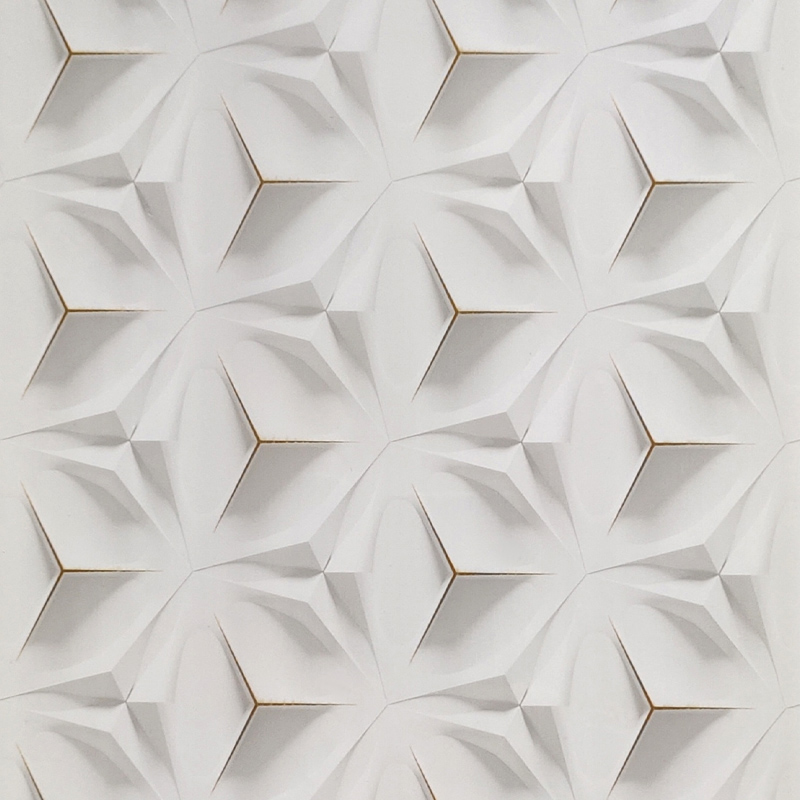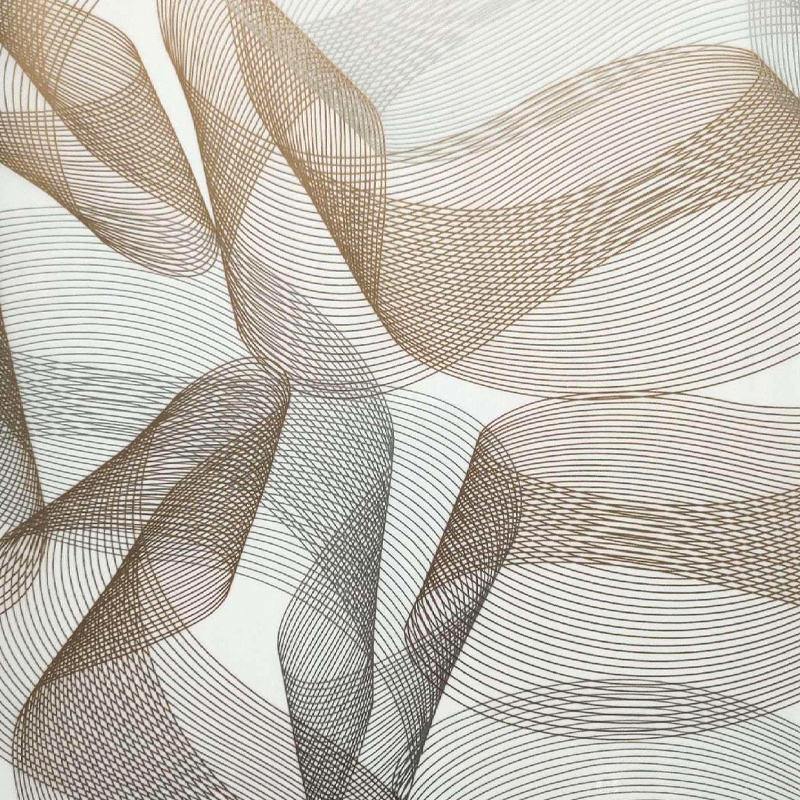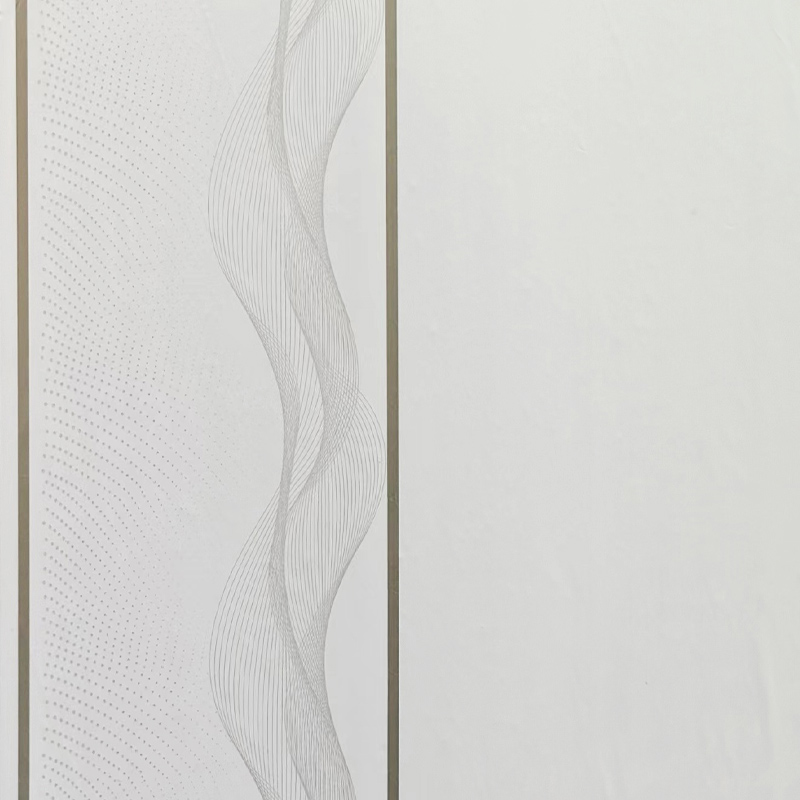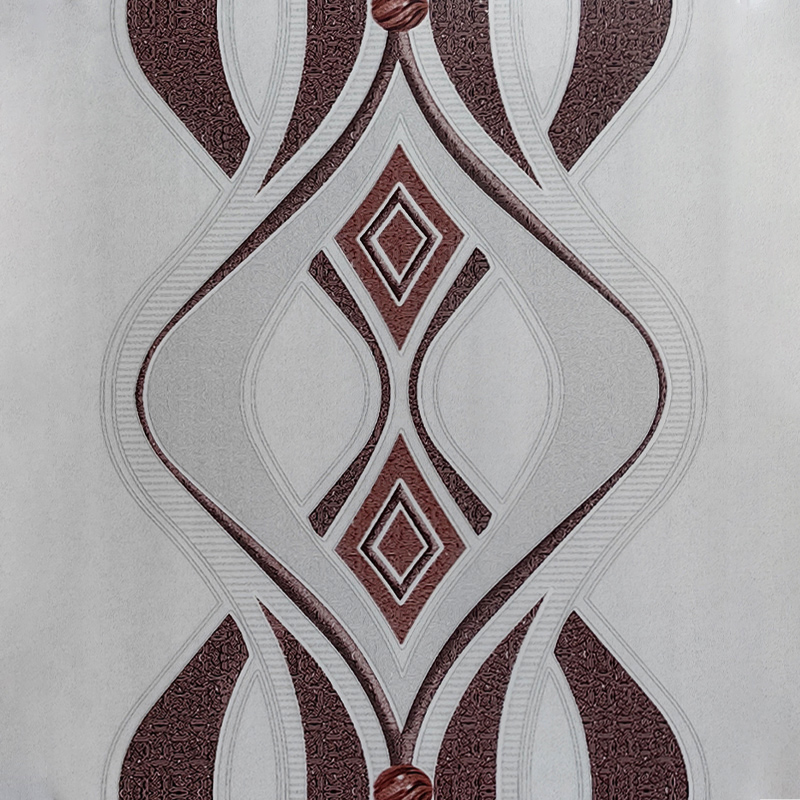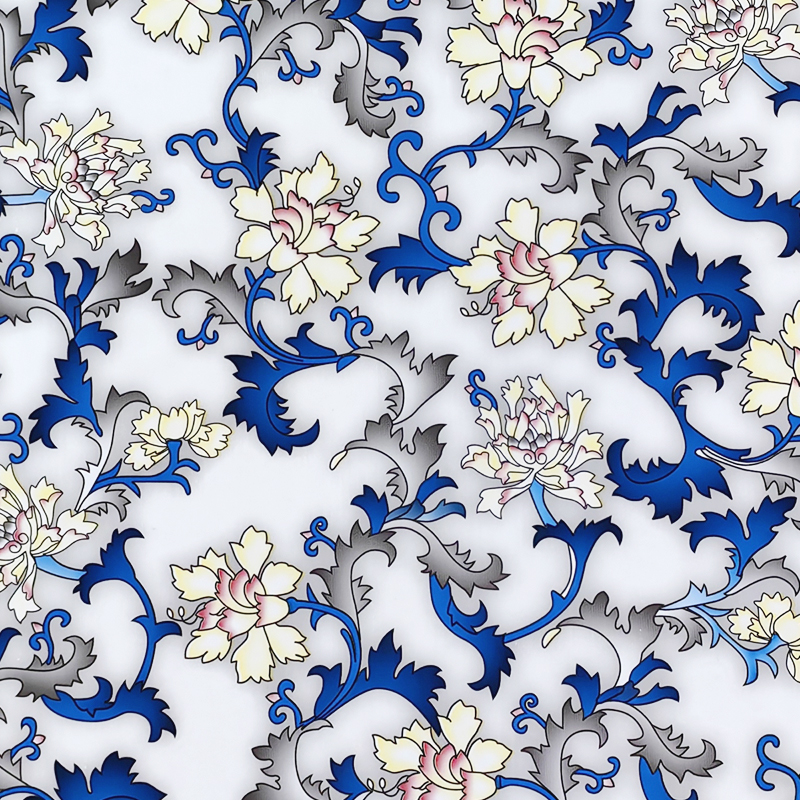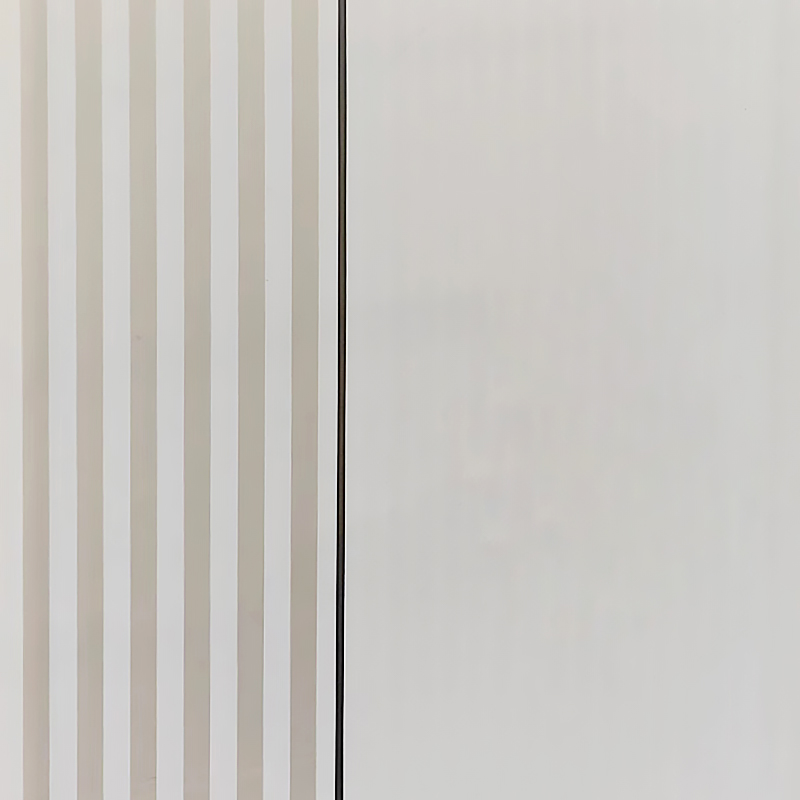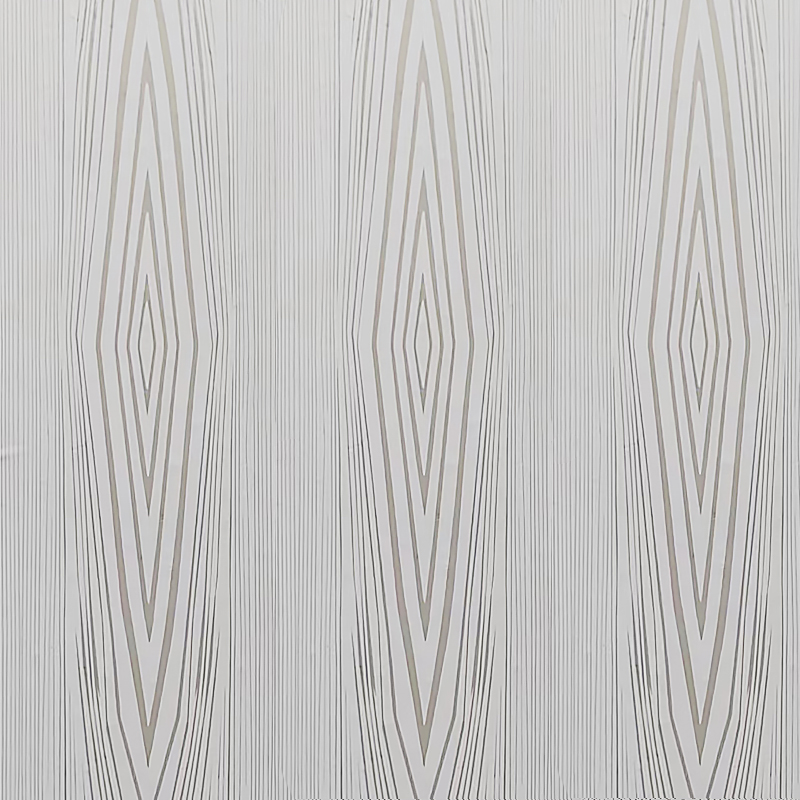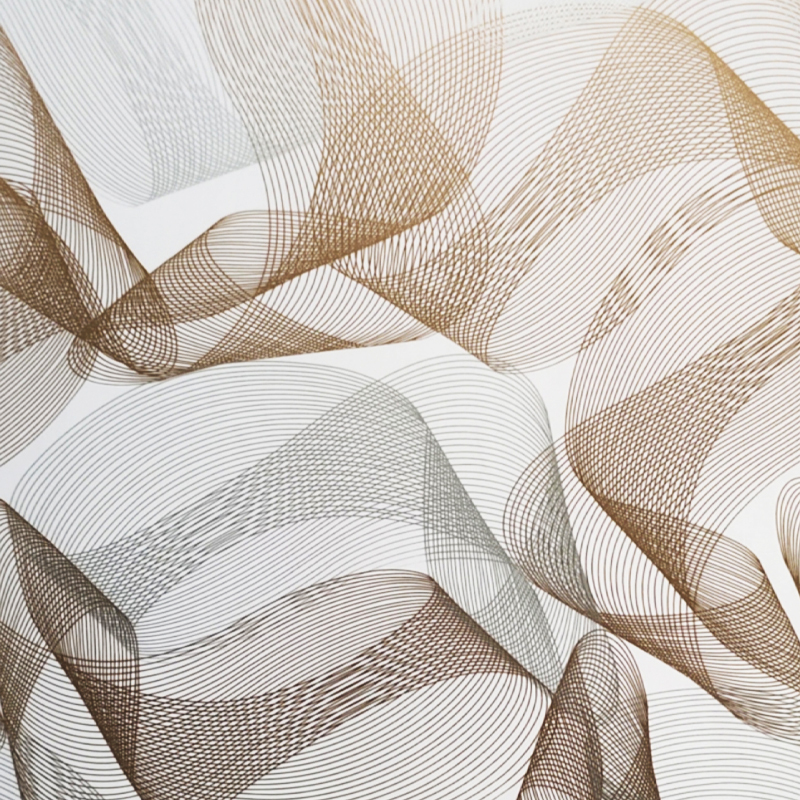Mastering the Art of PVC Decorative Film Installation for Long-Lasting Results
Achieving a flawless finish with PVC decorative film goes beyond selecting high-quality material — it requires precision, technique, and a deep understanding of surface behavior. As an experienced manufacturer, we’ve worked closely with installers and OEMs across multiple sectors to refine best practices that ensure optimal adhesion, durability, and visual appeal. Whether you're applying film to metal panels in transportation interiors or wood surfaces in furniture manufacturing, the right approach makes all the difference.
Surface preparation is often the most overlooked yet critical step in the installation process. Dust, grease, moisture, or uneven textures can significantly compromise bonding strength. Before applying any PVC decorative film, it’s essential to clean and degrease the base material thoroughly using isopropyl alcohol or a mild solvent. For porous substrates like MDF or drywall, a primer coat helps create a stable foundation that enhances film performance over time.
Temperature plays a pivotal role in achieving smooth application. Both ambient and substrate temperatures should ideally fall between 15°C and 30°C. Cold conditions make the film stiff and less pliable, increasing the risk of wrinkles and air bubbles. On the other hand, excessive heat can cause premature adhesive activation, making alignment difficult. Warming the film slightly with a heat gun before placement allows it to conform better to curved or textured surfaces without losing control during positioning.
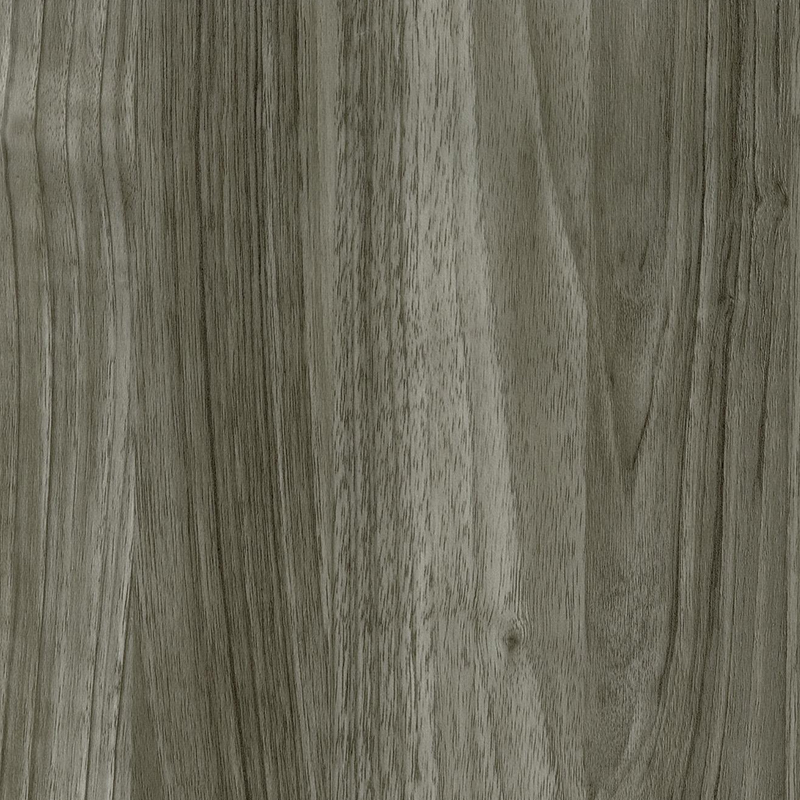
One of the key advantages of modern PVC decorative film is its adaptability to various lamination techniques. From cold roll lamination used in large-scale production lines to manual hand-application methods preferred by smaller workshops, each approach has its own set of guidelines. Using a squeegee or rubber roller to expel trapped air and ensure even pressure helps prevent delamination and maintains a professional appearance. For complex shapes, slitting or scoring the backing can ease contour wrapping without compromising structural integrity.
Durability doesn’t end at installation — proper curing is just as important. After application, allow the bonded film to rest undisturbed for at least 24 to 48 hours to let the adhesive fully settle. This rest period ensures stronger long-term performance, especially in environments exposed to frequent touch, vibration, or temperature changes. In industrial settings, post-heating cycles may be introduced to accelerate curing and enhance bond strength on a larger scale.
Our team has seen firsthand how attention to detail during installation impacts customer satisfaction. A well-executed application not only looks premium but also lasts longer, reducing maintenance costs and repeat replacements. That’s why we provide tailored training and technical support to help our clients get the most out of their PVC decorative film projects — from initial design to final execution.
Choosing the right film is only half the battle; mastering its application is what truly unlocks its potential. With the right tools, environment, and expertise, PVC decorative film becomes more than just a covering — it transforms into a durable, high-performance solution trusted by manufacturers worldwide. Let us help you elevate your finish with confidence and precision.


 English
English русский
русский Español
Español عربى
عربى bahasa Indonesia
bahasa Indonesia